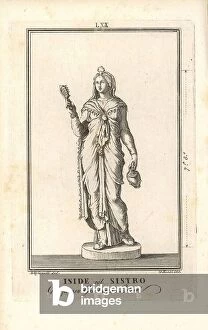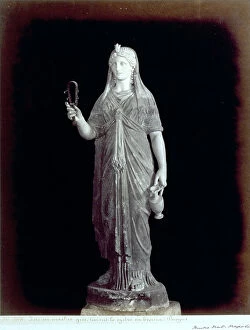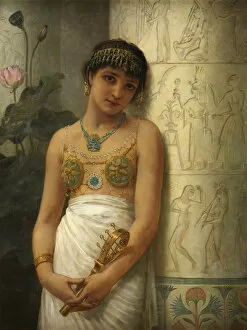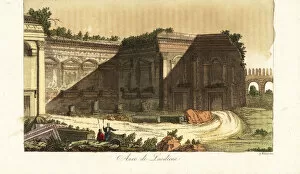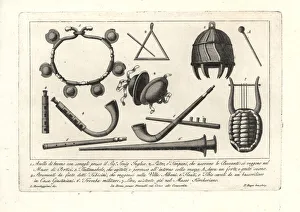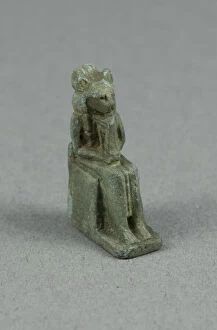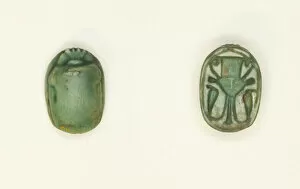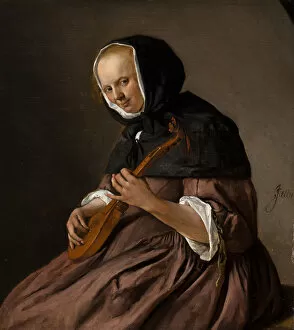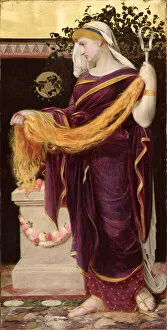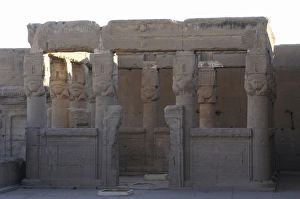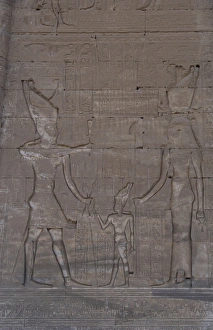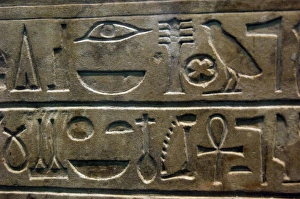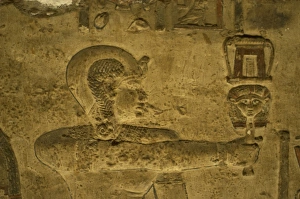Sistrum Collection
The sistrum, a Roman musical instrument with its roots in ancient Egypt, holds a significant place in both history and art
All Professionally Made to Order for Quick Shipping
The sistrum, a Roman musical instrument with its roots in ancient Egypt, holds a significant place in both history and art. From the kiosk on the roof at Dendera Temple to the Hathor Temple adorned with Cleopatra VII and Julius Caesar's presence, this captivating instrument has left its mark. Intricate amulets of seated lion-headed goddesses holding sistra, possibly Bastet herself, showcase the reverence for this sacred artifact. Rings featuring cowroids with sistra and pendant uraei further exemplify its cultural significance during Egypt's New Kingdom. Scarabs depicting rabbits alongside Hathor sistra transport us back to the New Kingdom-Late Period when these instruments were widely cherished. The scarab displaying hieroglyphs like xaw-signs, hAt-signs, and child signs adds an air of mystery surrounding their usage. Another fascinating find is the cowroid showcasing Hathor sistra flanked by uraei - a testament to how deeply intertwined Egyptian mythology was with music. Moving beyond Egypt's borders, we encounter stunning artworks like "Woman Playing the Cittern" from 1662 and "An Egyptian Girl with a Sistrum" painted in 1886. These paintings immortalize not only the beauty of women but also highlight their connection to music through this enchanting instrument. Whether it be within temple walls or captured on canvas throughout centuries, the sistrum continues to captivate our imagination as we delve into its rich history as both a symbol of religious devotion and artistic inspiration.

